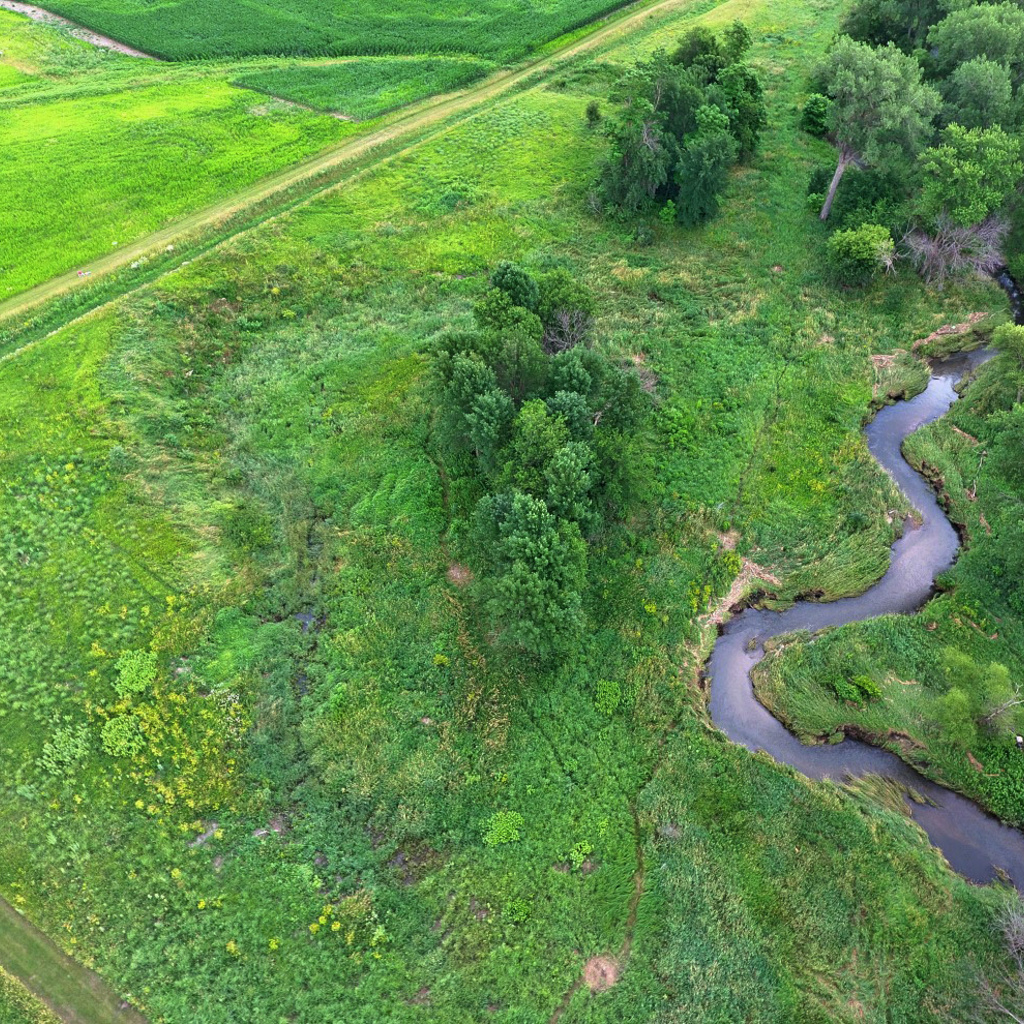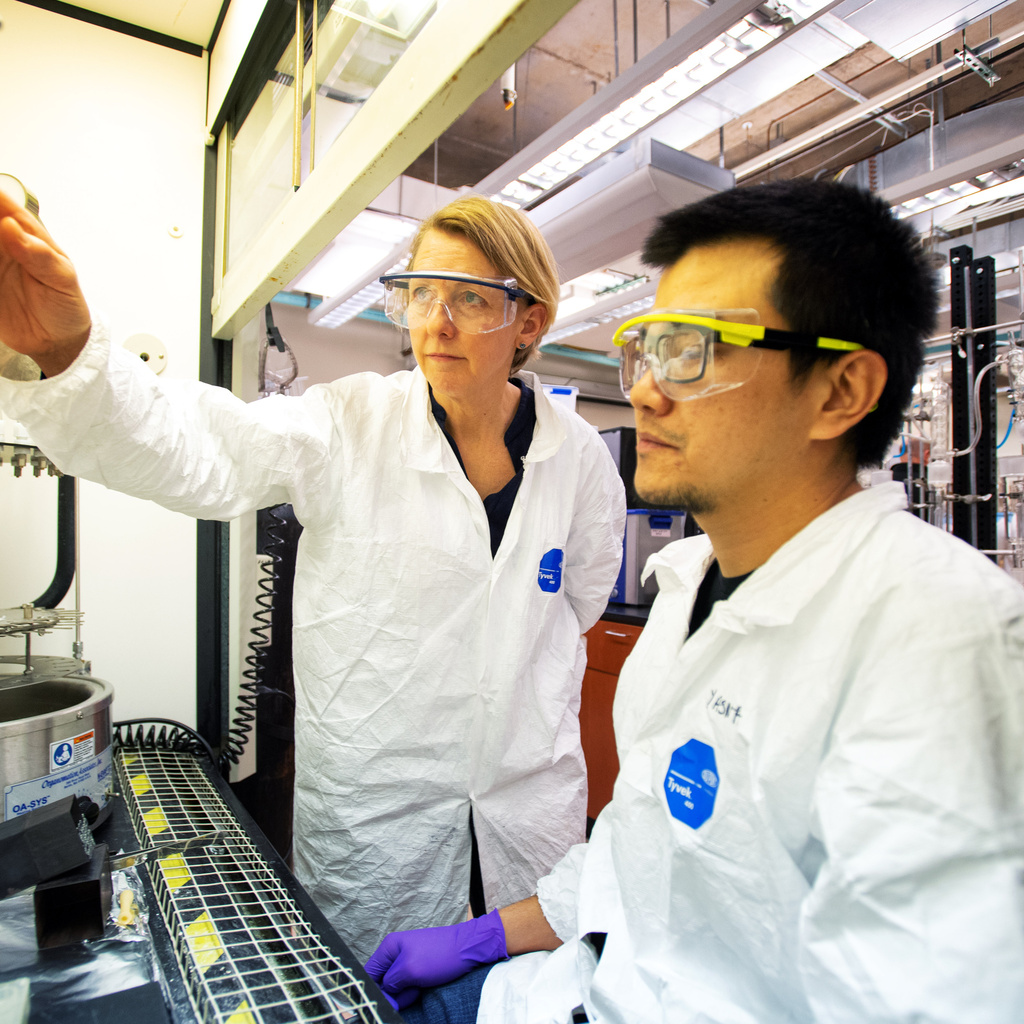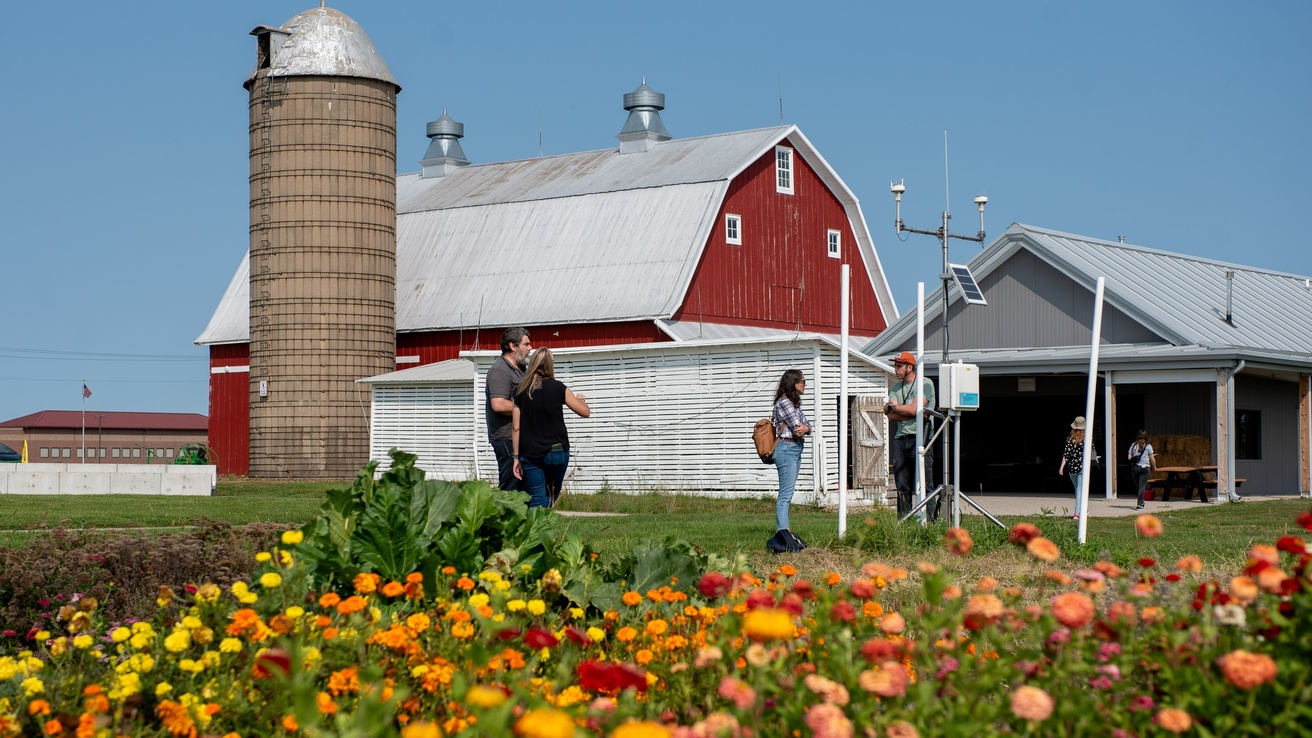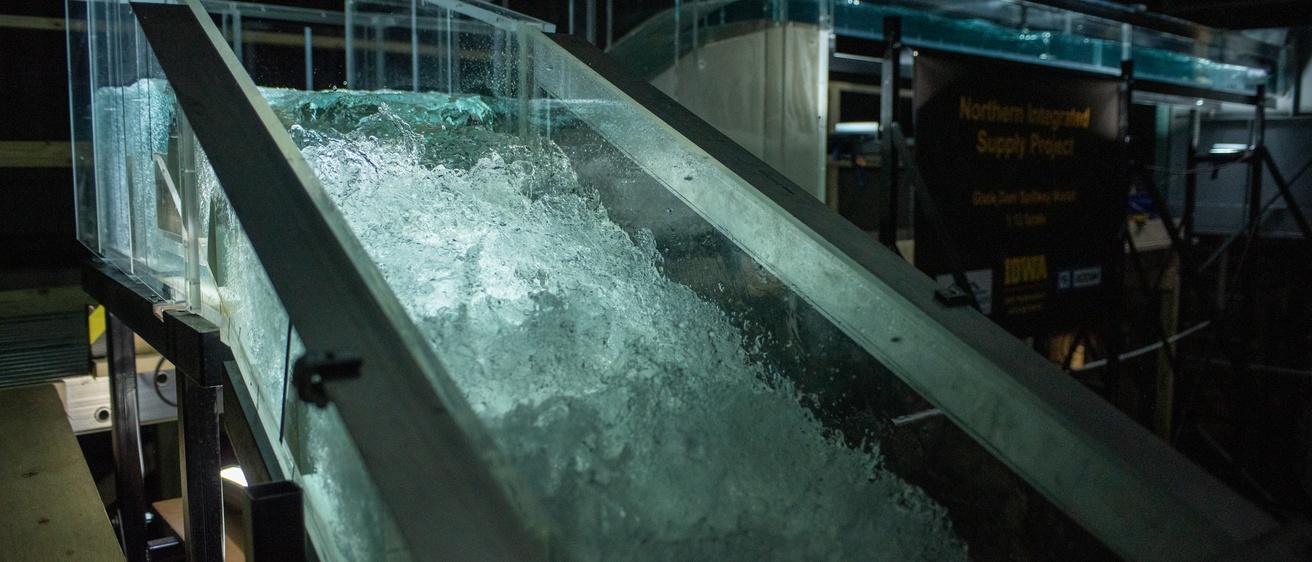Today, IIHR is at the forefront of efforts to solve some of society’s most significant Grand Challenges, especially in relation to water and its impacts to the built and natural environment. IIHR researchers are addressing issues related to sustainability in the water, energy and food nexus; improving our understanding and adaptation to climate change; increasing community resilience to natural hazards; and helping equip society with the tools to make informed decisions.
Key Research Areas

Rivers, Watersheds, and the Landscape
IIHR has been involved in river-related research since the lab’s beginnings. Some of the earliest experiments capitalized on IIHR’s experimental channel, which drew water directly from the adjacent dam on the Iowa River.

Health and the Environment
Much of IIHR’s research touches all our lives, affecting human health and well-being in meaningful ways. Studies of biofluids, environmental contaminants, vulnerability, and resilience are particularly relevant to each of us. In addition, projects focused on renewable energy and watersheds help remediate society’s negative impacts on the environment, leading to a more sustainable, enjoyable way of life for everyone.

Fluid Mechanics and Structures
Fluid mechanics, the study of fluid behavior at rest and in motion, is at the core of nearly all IIHR research. IIHR uses the basic governing equations of fluid mechanics to investigate a wide range of applications—river flow, atmospheric conditions, renewable energy (e.g., wind and water turbines), ship hydrodynamics, biological systems, and much more. For most of these applications, IIHR researchers use computational fluid dynamics to explore and solve fluid flow problems. They validate these models with data from experimental modeling, field work, or environmental sensors.

Information Systems
Beginning with the innovative Iowa Flood Information System (IFIS) in 2011, IIHR has made easy online public access to research data the standard for its major research initiatives. IFIS is an easy-to-use, Google Maps–based web platform developed by the Iowa Flood Center. It provides real-time information on watersheds, precipitation, and stream levels for more than 1,000 Iowa communities. IIHR has developed similar online data access systems for water-quality information, watershed projects, well driller information, and more.
Research Spotlight

Research Facilities & Resources
IIHR’s extensive state-of-the-art facilities and instrumentation at the University of Iowa support research and education in the hydrosciences, including a wide range of physical and numerical modeling and field data collection projects.
